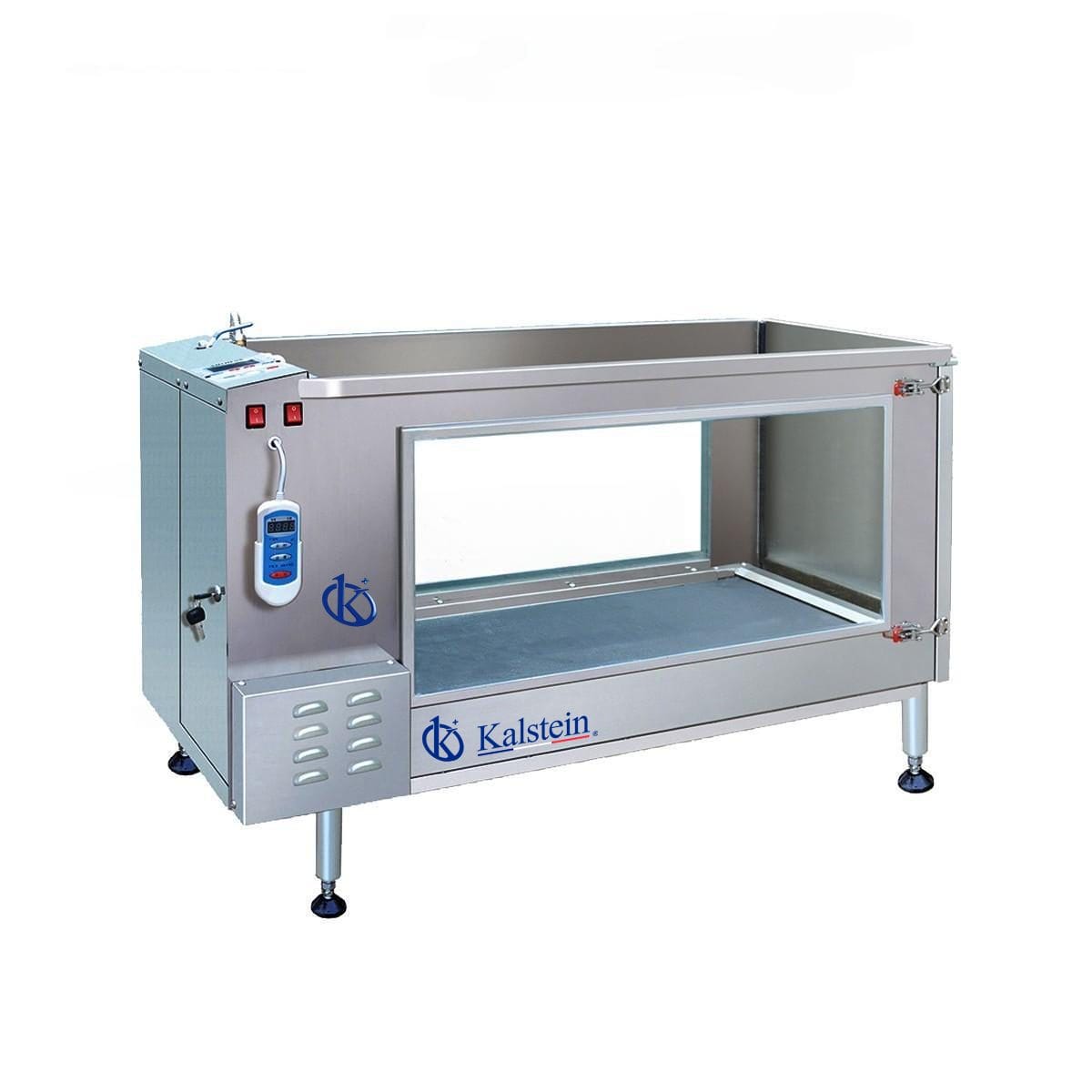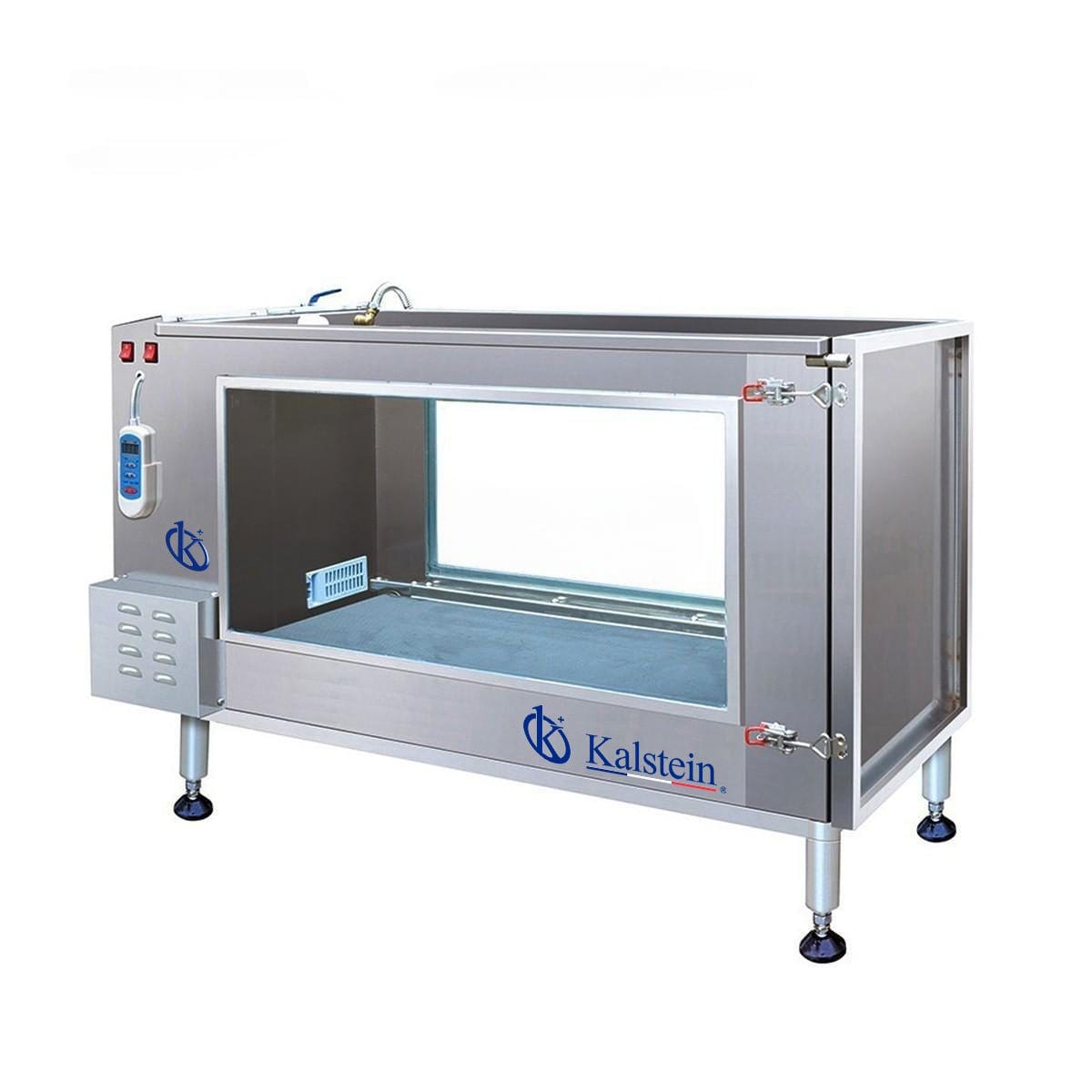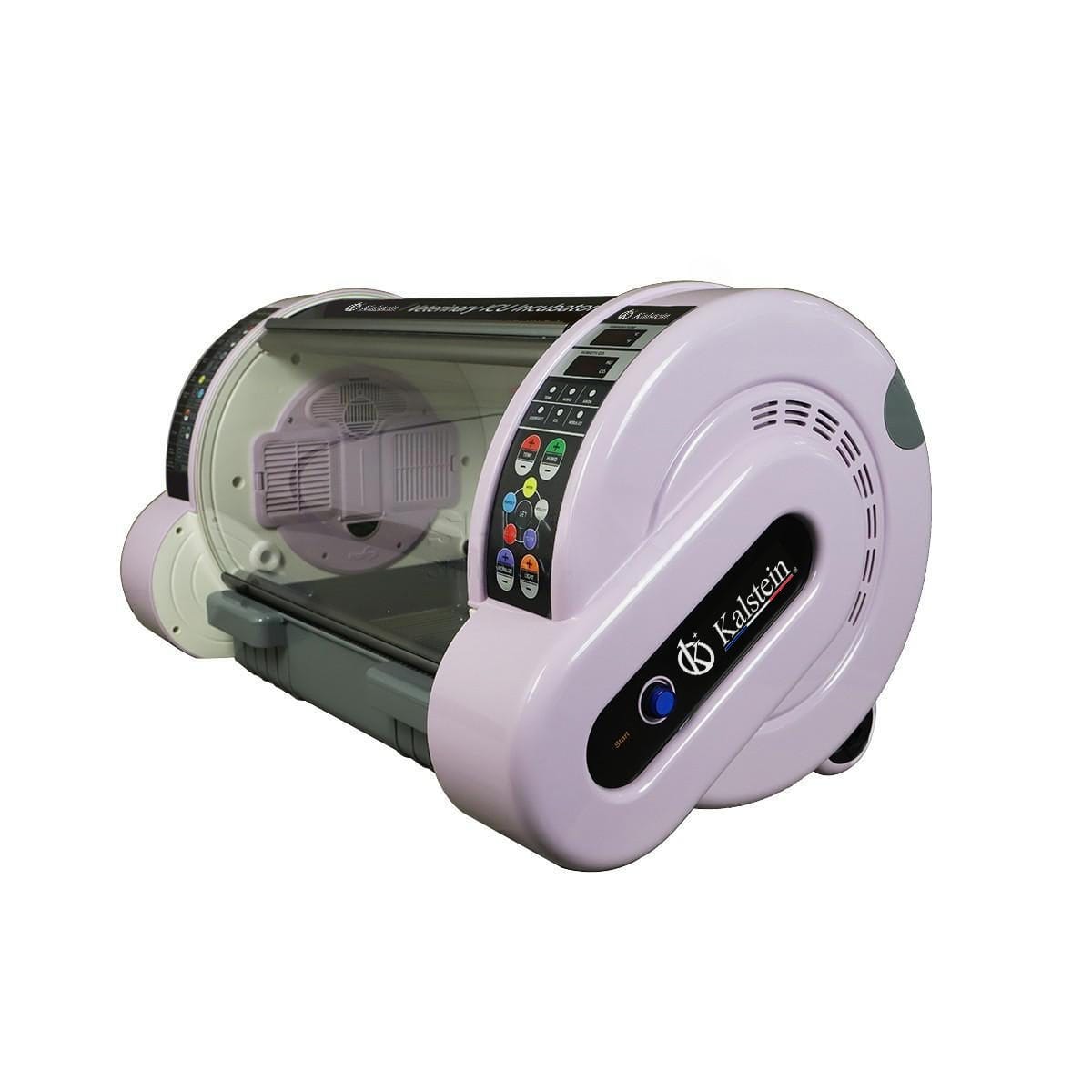The sterilization process is a critical aspect of any kind of laboratory. You need to have the right sterilizing instruments in order to have reliable and good results. Autoclaves are ideal instruments for this purpose. This equipment works with a pressure chamber to perform sterilization in the medical field and to cure coatings in the chemical industry. Sterilization autoclaves are widely used in microbiology, medicine, podiatry, tattooing, body piercing, veterinary medicine, mycology and other different fields. They vary in size and function depending on the media that needs to go through the sterilization process. Most of the autoclave supply sterilization by subjecting the items to high-pressure saturated steam. Typical loads include laboratory glassware, other equipment and waste, surgical instruments.
What an Autoclave is
The word autoclave is formed by the prefix auto (self) and the word clave (sealing) and means automatic locking. It is a large steel vessel through which steam or another gas is used for sterilization. An autoclave combines pressure, temperature and time to reach its purpose. The chambers in autoclaves are usually cylindrical to be able to withstand extreme pressure. The high-pressure makes them self-sealing though for safety reasons most are also sealed manually from outside. It has a safety valve to ensure that steam pressure cannot build up to a dangerous level.
How an Autoclave works
Once the chamber is sealed, air is removed. There are two basic processes to remove the air: by a vacuum pump or by gravity displacement. A vacuum pump sucks air from the chamber, whereas the downward displacement is based on compressing the air to the bottom forcing it out through a drain.
The autoclave reaches a temperature of about 121–140°C (250–284°F). Time exposure varies depending on the temperature (higher temperature requires a shorter time). This time is enough to eliminate microorganisms. Due to the fact that autoclaves work with high pressure and hi-temperature steam, it is important to follow safety protocols when opening the autoclave to avoid risks such as explosions.
Types of Autoclaves
There are different categorizations for autoclaves, one of them is according to their load. There are four different types of loads: solid load (material without pores and fissures, like dental and medical equipment) porous load (material that absorbs liquids), hollow load type A (with < 5mm of length and/or diameter) and hollow load, type B (>5mm length and/or diameter). As a result, according to the load type, autoclaves can be:
– Class N Autoclave: They are used for solid load, and they are for immediate use, no to be storage because they can be contaminated. This type of autoclave has a downward displacement (gravity-type)system and it does not use a vacuum pump to remove air from the sterilization chamber.
– Class B Autoclave: They sterilized solid porous, hollow or wrapped instruments. These autoclaves have gravity-type and vacuum cycles. This means that the equipment can be sterilized at the moment and can be used later. This autoclave provides better penetration and sterilization of wrapped hollow or porous instruments in contrast to Class N autoclave. This autoclave is the ideal for dental material sterilization. Besides, Class B autoclaves are used at the routine laboratory, sterilization of culture media, and steam sterilization for microbiological control.
– Class S Autoclave: This equipment works with a vacuum pump, but their programs are predetermined by the manufacturer, depending on the type of material, diameter and length.
Use of autoclaves
Autoclaves are widely used in medicine to sterilize equipment from bacteria, virus, fungi, and spores. Autoclaves are used to sterilize medical waste prior to disposal, and it is used as an alternative to incineration.
The use of the autoclave in dentistry covers the sterilization of dental material following technical health standards. In fact, autoclaved instruments can be stored in sealed bags for up to 12 months.
In addition, autoclaves are used for the routine laboratory, sterilization of culture media, besides its use in educational, research and industrial environments.
There are many models depending on the research area, laboratory requirements, use, space and volume to be autoclaved. Some available models are:
– The Horizontal Autoclave: The Horizontal Autoclaves are a smart investment for hospitals and laboratories, where a large volume of sterilization is required. It is the ideal for academic facilities, hospitals, pharmaceutical industries, biotech industries and research centres, with a capacity between 100 L to 300 L, depending on the model. It is applicable for the sterilization of unpacked solid instrument in a department of Stomatology, ophthalmology, operation room and CSSD.
– The Horizontal Pulse Vacuum: They are widely used in a department of Stomatology and ophthalmology, operating room and other medical institution. It is suitable for all wrapped or unwrapped solid instruments, A-class cavity instrument (dental hand-pieces and endoscopes), and implantable instrument, dressing fabric and rubber tubes, among others. There are several models with a capacity from 100 L to 300 L.
– Tabletop autoclaves: The tabletop autoclave is a reliable designed for the needs of modern clinics where the machine is expected to meet the needs of the establishment where it is operating They are designed for the sterilization processing of medical clinics, dental clinics and veterinary clinics. These compact models have a capacity between 16 L and 60 L.
– Vertical pressure autoclave: Specifically developed for laboratory sterilization applications, vertical autoclaves, make the process easier, safer, more precise, reproducible and easier to validate. The compact and space-saving design of the Vertical Autoclave makes them great for cramped laboratories, where space is at a premium, and the increased chamber height (up to 50% more capacity) means they can handle most standard media bottles, and Erlenmeyer flasks. The ample range of models have a capacity that varies from 30 L to 200 L.
Visit our catalog HERE



